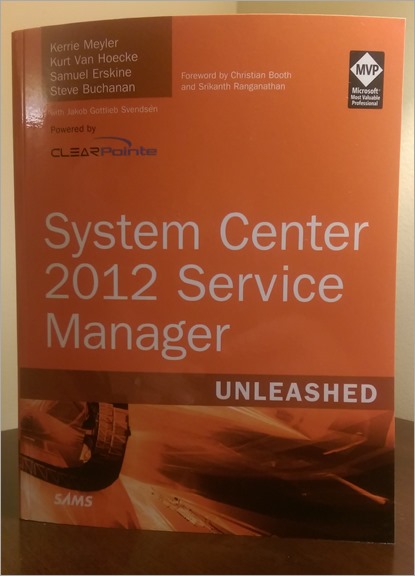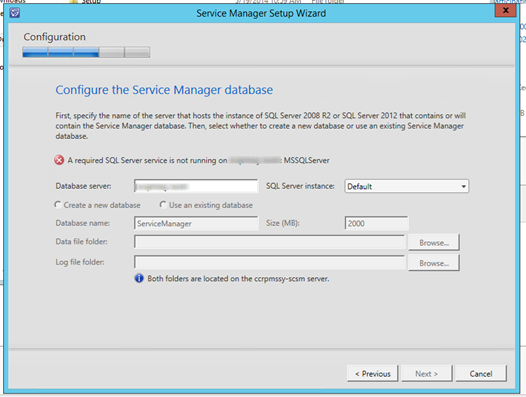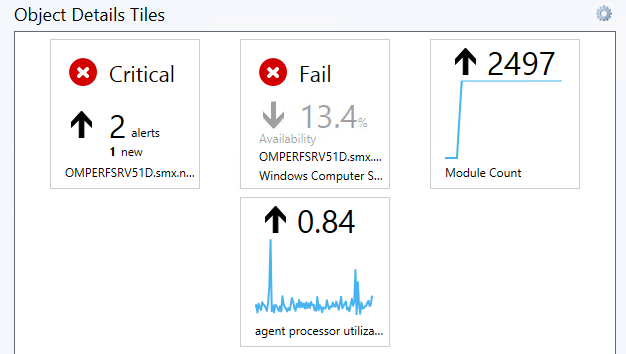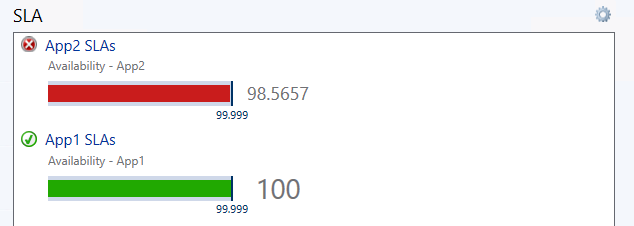I recently built a PowerShell script that creates a discovery report for System Center Service Manager. The idea behind the script was to have something that I could run to gather all of the information I would want about a Service Manager deployment. I searched online and could not find anything so that’s when I decided to put something together.
This report can be used by consultants doing assessments or SCSM admins as an easy way to document what you have in your environment. This is a first pass at the report so it is version 1.1. I plan to add more information/functionality to the report in the future. Keep in mind I am not a PowerShell expert so feel free to take the script tweak it and share your updates with the community.
When the script is run it will output a report of System Center Service Manager in HTML format. This script should be run on a management server within your Service Manager’s management group. The script should be run with an account that has administrative access to Service Manager and the local server it will be running on.
The script will run on Service Manager 2012 SP1 and above. It uses SCSM 2012 SP1/R2 CMDLETS along with SMLets. If you don’t have the SMLets installed you can download them here: https://smlets.codeplex.com/
Discovered in the report:
These are the sections of information in the report.
- Management Server Name
- Service Manager Version
- Management Server HDD CPU Memory
- Service Manager Management Group Name
- Service Manager Data Warehouse Information
- Users connected to Service Manager
- Service Manager Run as accounts
- Service Manager User Roles
- Service Manager Notification Channels
- Service Manager Connectors
- Service Manager Email Templates
- Service Manager Subscriptions
- Service Manager Groups
- Service Manager Queues
- Service Manager Service Offerings
- Published Service Manager Request Offerings
- Draft Service Manager Request Offerings
- Service Manager Views
- Service Manager Tasks
- Service Manager Un-sealed Management Packs
- Websites local to the Service Manager Server
- Last 10 Service Manager error event logs
Example Link:
This will take you to an online example of the report.
https://www.buchatech.com/wp-content/uploads/2015/03/Service-Manager-Discovery-Report.html
Example Output:
Here is a screenshot of the report.

Download It:
https://gallery.technet.microsoft.com/Service-Manager-Discovery-a25c7d80
NOTE: The PowerShell report is provided AS-IS without warranty of any kind. It is recommended to run in a lab environment before running it in a production environment.













